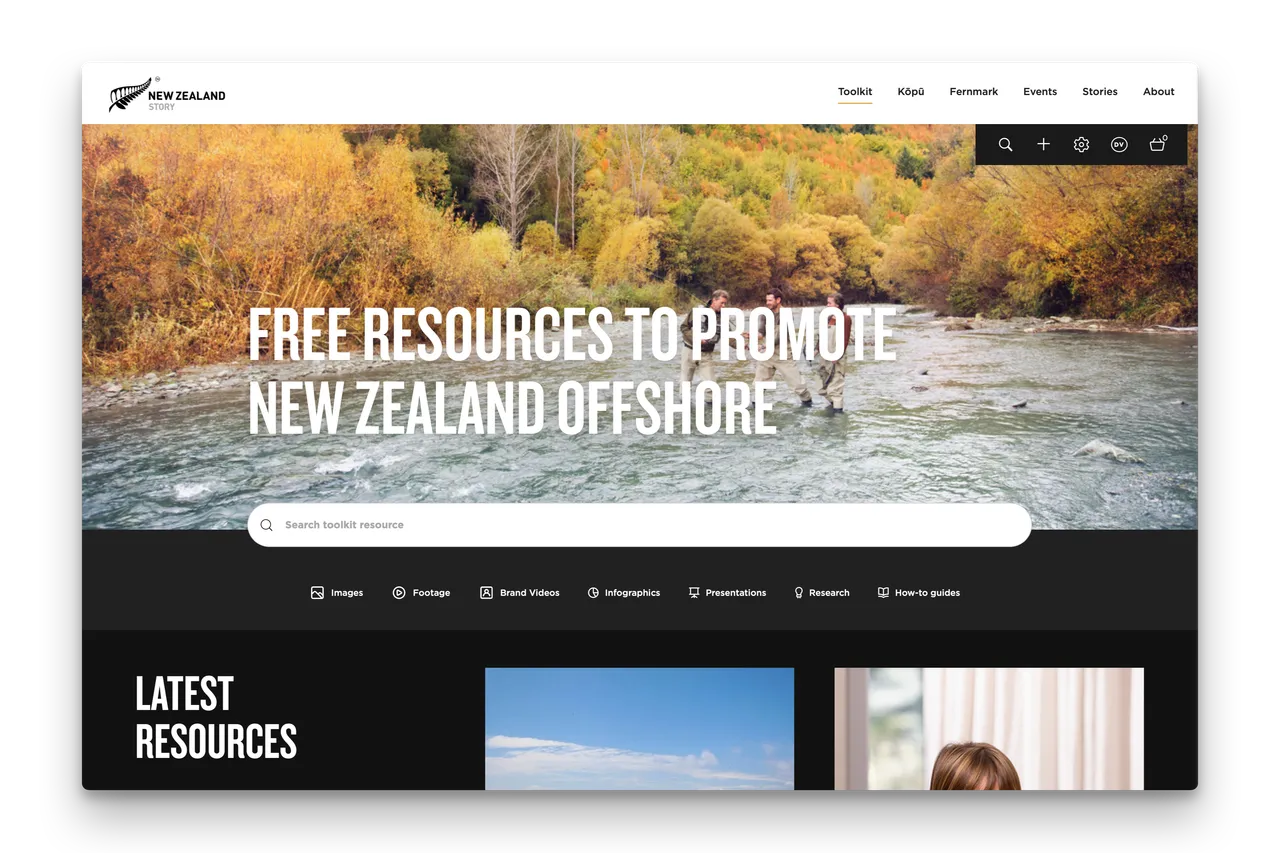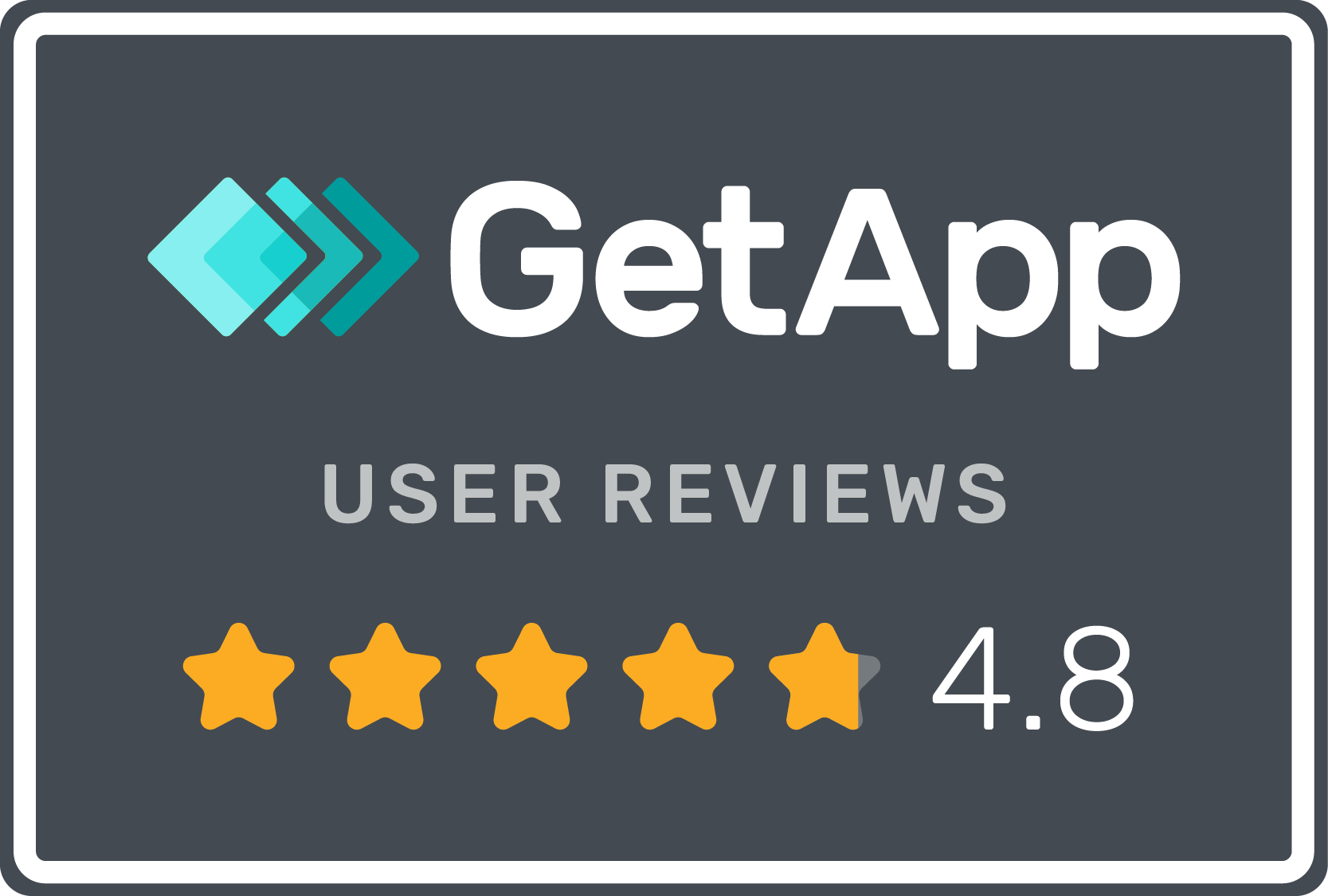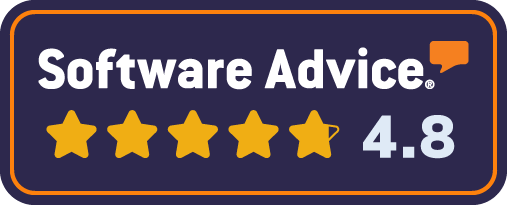
(photo by Jaromir Kavan via Unsplash)
Mastering Metadata Framework: Tips for Building a Searchable DAM
A Digital Asset Management (DAM) system is a critical tool for organisations that want to improve asset accessibility.
However, applying a clear, effective DAM metadata structure can seem overwhelming. With the right metadata framework in place, organisations can glean so much more from their DAM system.
Not sure how to achieve it? This article will help you understand the critical role metadata plays in enhancing the searchability and functionality of your DAM system, and how to get there.
We’ll cover:
- The fundamentals of metadata structures,
- How to create accurate & simple metadata frameworks specific to your organisation,
- Techniques to improve your current metadata searches using AI, and
- Real-world applications and use cases.
The Fundamentals of Metadata Structures
Metadata is essentially data about data. In the context of a DAM system, metadata describes various aspects of the digital assets stored within.
This includes information such as the title, description, keywords, usage, attribution requirements, creator, creation date, and more. Properly structured metadata makes it easier to locate, manage, and utilise digital assets efficiently - and will save users a lot of time.
Key Types of Metadata
- Descriptive Metadata: Information that helps identify and discover assets. Examples include titles, descriptions, tags, and keywords.
- Administrative Metadata: Information that helps manage an asset. Examples include attribution requirements, creator, creation date, copyright information, release and expiry dates, and file type.
- Structural Metadata: Information that indicates how an asset is organised. Examples include page numbers, table of contents, and indexes.
Why Metadata Matters
Effective metadata:
- Enhances searchability, making it easier to find assets quickly.
- Improves asset organisation, ensuring a streamlined workflow.
- Facilitates rights management, ensuring compliance with legal and usage rights.
- Increases the overall value of the DAM system and your investments in content, by making assets more accessible and useful.
Creating Accurate & Simple Metadata Frameworks
To create a metadata framework that suits your organisation, start with a clear understanding of your needs and goals. Here are some steps to guide you:
1. There is No Best Practice
Is there a Best Practice way to set up your DAM?
Nope.
Or rather, when it comes to organising your content and metadata in a DAM - “best practice” is poor practice.
Your DAM should revolve around your brand, your content, your business - not someone else’s. You need to really think through your own content story, how you want that story shared, who is going to help share it, and how you want your users to use those assets.

2. Define Your Objectives
What do you want to achieve with your DAM system? Your objectives will dictate the type of metadata you need. For instance, if your goal is to improve searchability, focus on descriptive metadata.
3. Identify a Basic Taxonomy for Your Organisation
Identify how you already classify content inside your business or organisation - how do staff and customers talk about content, what names do they give collections of content. (e.g. Spring 2024 Campaign)
Keep it simple so that everybody can understand and apply it without comprehensive training.
A great starting point for organisations not already using a DAM and you have content stored in files in an operating system is to look at the current folder structure. Often these folder structures are a pointer to how your organisation already classifies content.
Modern DAMs eschew folders in favour of tags (see 3-ways-folders-are-holding-you-back-and-how-to-move-faster).
Top level folders can be used as Filters for search with sub folders as options with the Filter.
3. Establish Standardised Terms
Consistency is crucial for effective metadata framework. Establish standardised terms, tags, and conventions for each metadata field (e.g. Naming, Description, Tags, Licence, Location, etc.). This might involve creating a controlled vocabulary or a thesaurus specific to your industry or organisation.
4. Train Your Team
Ensure that everyone involved in managing digital assets understands the importance of metadata and how to apply it correctly. Provide training sessions and create guidelines to ensure consistency.
5. Regularly Review and Update
Metadata needs can evolve over time. Regularly review and update your metadata framework to ensure it continues to meet your organisation’s needs.
Techniques to Improve Your Metadata Searches Using AI
Artificial Intelligence (AI) can significantly enhance the searchability of your DAM system. Here are some techniques to leverage AI for better metadata management:
1. Automated Tagging
AI can automatically generate tags for your digital assets based on their content. This not only saves time but also ensures a consistent tagging system. Tools like Google’s Cloud Vision, Amazon Rekognition, and OpenAI’s ChatGPT can analyse images and generate relevant tags.
2. Natural Language Processing (NLP)
NLP can analyse textual content and extract meaningful information for metadata fields. This can be particularly useful for large text documents, helping to identify keywords, topics, and summaries.
3. Machine Learning for Predictive Tagging
Machine learning algorithms can predict and suggest metadata tags based on patterns identified in your existing data. This can improve the accuracy and relevance of your metadata over time.
4. Enhanced Search Capabilities
AI-powered search engines can understand context and semantics, making searches more intuitive and accurate. Tools like Elasticsearch and Algolia can significantly enhance your DAM’s search functionality, and some modern DAMs now have built-in native semantic search capability.
Real-World Applications and Use Cases
Understanding how other organisations utilise metadata in their DAM systems can provide valuable insights. Here are some real-world applications:
1. Marketing Agencies
Marketing agencies often deal with a vast array of digital assets, from images to videos to campaign materials. By implementing a robust metadata framework, they can quickly locate and repurpose assets, streamline their workflows, and ensure consistency across campaigns.
2. Educational Institutions
Educational institutions use DAM systems to manage a variety of digital content, including lecture recordings, research papers, and study materials. Even student work, portfolios, and submissions. Metadata helps in categorising and retrieving these assets, enhancing the learning experience for students and faculty alike.
3. Media and Entertainment
Media and entertainment companies manage often very large libraries of audio, video, and graphic files. Metadata facilitates the efficient organisation, retrieval, and distribution of these assets, ensuring timely content delivery and maximising revenue opportunities.
4. Corporate Environments
Corporations use DAM systems to manage branding materials, corporate communications, marketing resources, imagery, video, PDF documentation, and training content. Metadata ensures that employees can quickly find the right assets, maintaining brand consistency and improving productivity.
5. Tourism and Place Branding
Tourism boards and destination marketing organisations manage vast collections of photos, videos, and promotional content showcasing their locations. Implementing a structured metadata framework helps in categorising assets by location, event, and theme, making it easier to find and use specific content.
For instance, a tourism board might tag assets with metadata fields such as city, landmark, event date, and season. This allows them to quickly assemble promotional materials for specific campaigns, ensuring timely and relevant content delivery. The metadata can also include usage rights, ensuring compliance with legal restrictions and maximising the value of their digital assets.
Check out these Place Branding case studies.
6. Economic Development Agencies (EDA’s)
Central and local government agencies tasked with driving economic development of countries, regions, cities, and towns often develop content resources for stakeholders and private sector businesses. DAMs are often a key component of the toolkits that EDA’s provide.
EDA’s will often wrap and support a DAM and a library of content with an overarching Brand Narrative and case studies to help users align with and adopt a shared narrative in telling their own stories.
Plus organisations like The New Zealand Story, and Brand Tasmania run regular in-person workshops to help local businesses tell their own stories in the context of the shared overarching nation (NZ) or state (Tasmania) brand.

(screenshot from the NZ Story Toolkit, a DAM powered by Brandkit™)
Conclusion
A well-structured metadata framework is essential for maximising the value of your DAM system.
By understanding the fundamentals of metadata, creating a tailored framework, leveraging AI techniques, and learning from real-world applications, your organisation can significantly enhance asset accessibility and functionality.
Start by defining your objectives, standardising your terms, and regularly updating your framework to keep pace with evolving needs.
With these strategies, you’ll master metadata and unlock the full potential of your DAM system.
~ End ~
Mastering Metadata Frameworks: Tips for Building a Searchable DAM
With the right metadata framework in place, organizations can glean so much more from their DAM system. Not sure how to achieve it? Click here to learn.

